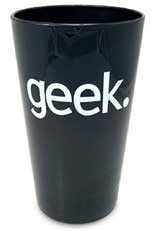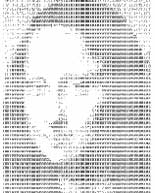
Carbon Copy Cloner is a tool to make a full backup
of your hard-disk on an external firewire disk or iPod. Here’s
how it sells itself
Have you ever wanted a simple, complete,
bootable backup of your hard drive? Have you ever wanted to upgrade to
a larger hard drive with minimal hassle and without reinstalling your
OS and all of your applications? Have you ever wanted to move your
entire Mac OS X installation to a new computer? Then CCC is the tool
for you! CCC makes these tasks simple by harnessing the Unix power
built into Mac OS X. In addition to the features that CCC has provided
in the past, version 2 offers synchronization of the source and target
as well as scheduled backup tasks.
I didn’t try it out yet
but was interested in the final sentence and scrolling down the page I
discovered that the synchronisation is done using Dan Kogai’s psync program, which does not seem to work under
10.3 but has on the page a patch to this. Rather than using the
psync-page to install it, one can use the unoffical psync for Panther dmg-file from the
Carbon Copy Cloner-page. It installs without a problem and to
learn how to use it, there is a manual page. Here is what I do when I want to
synchronize my Documents-folder on iMacLieven to the
backup-machine tweedledee over the Airport-network
psync
/Network/iMacLieven/lieven/Documents /Users/lieven/docsLieven
Watching the packet-flow on the Activity Monitor it seems to be
slightly quicker than the rsync tool. But most of all : it seems
to do a much better job. When I compared the end-result of the
synchronising session with rsync to that of psync I was
surprised to find a 20 Mb difference (on an original .5 Gb Folder) in
psync‘s favour! But even psync seems to have dropped 0.6
Mb in the process…
 I
I To
To